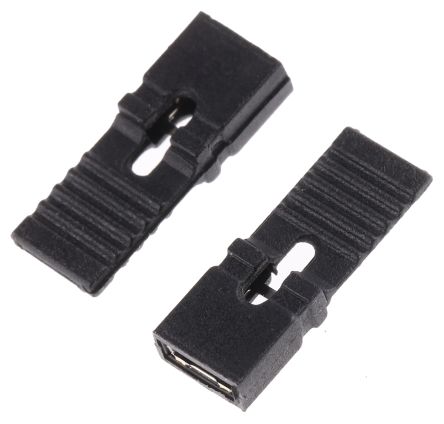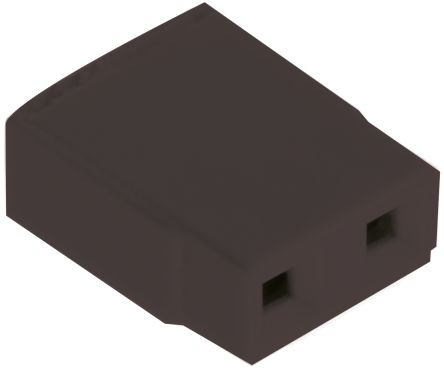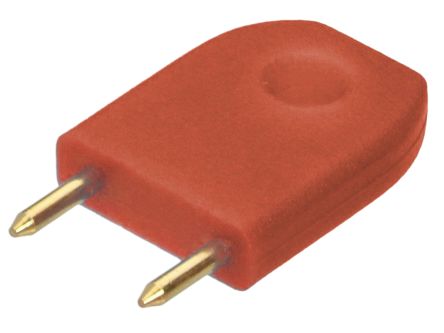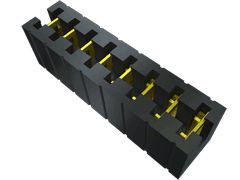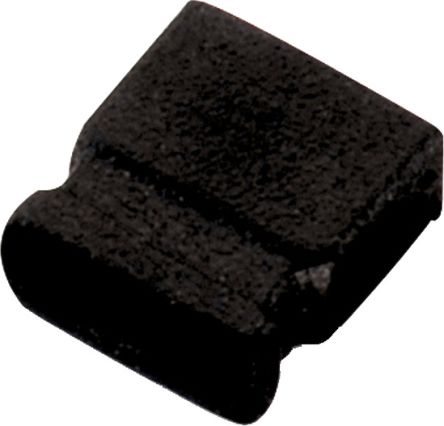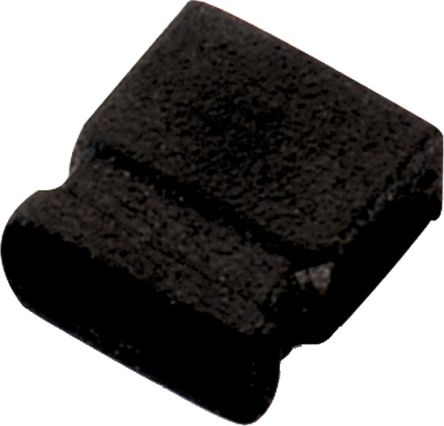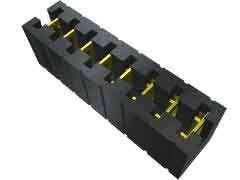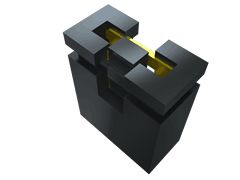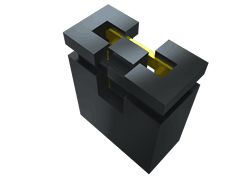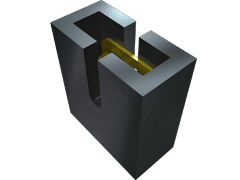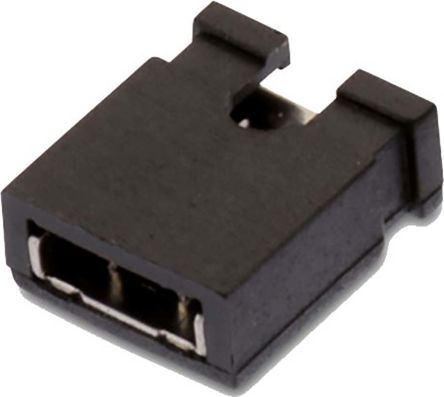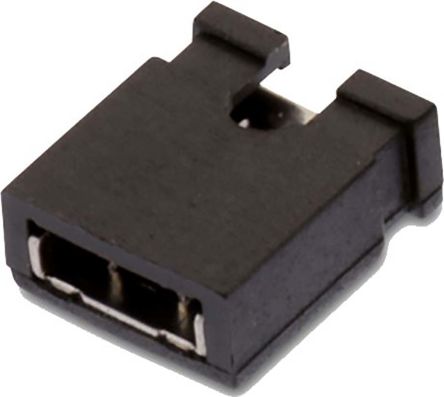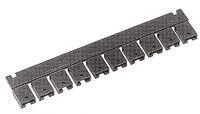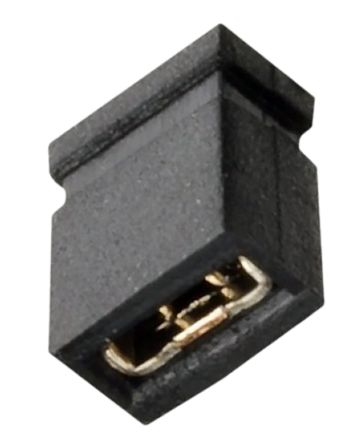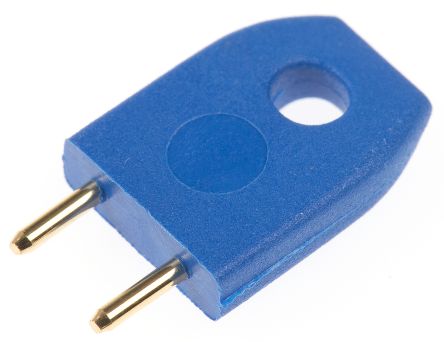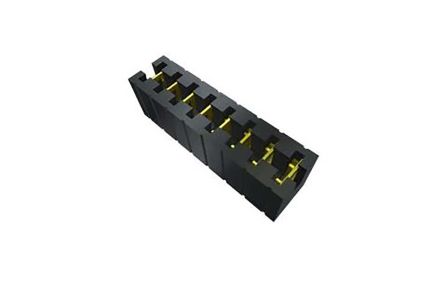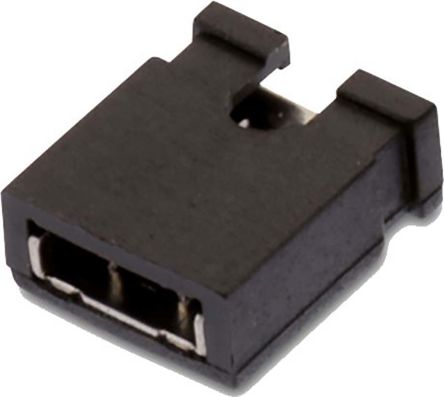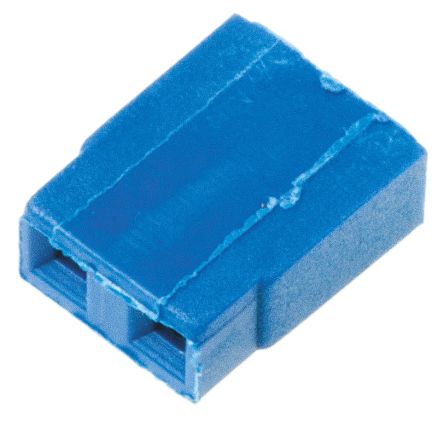- Automation & Control Gear
- Cables & Wires
- Enclosures & Server Racks
- Fuses & Circuit Breakers
- HVAC, Fans & Thermal Management
- Lighting
- Relays & Signal Conditioning
- Switches
- Batteries & Chargers
- Connectors
- Displays & Optoelectronics
- ESD Control, Cleanroom & PCB Prototyping
- Passive Components
- Power Supplies & Transformers
- Raspberry Pi, Arduino, ROCK, STEM Education & Development Tools
- Semiconductors
Jumpers & Shunts
Jumpers and shunts are devices used in circuits to close, open or bypass part of the circuit. Jumpers are often used in the design of printed circuit boards such as motherboards, whereas shunts have a wide range of applications, such as in Christmas tree lights where they can bypass faulty bulbs.
How do jumpers and shunts work?
Jumpers work by using pairs of contact points called jumper points to complete the circuit when the jumper sleeve is connected to them, creating another path for the current in a circuit. The jumper is electrically conductive, but usually encased in a plastic block to ensure that the jumper will not cause a short.
Shunts work by creating a low resistance path in the circuit, so that the current may pass around another point. This can be useful when one part of a circuit is defective.
Types of jumpers and shunts
Jumpers and shunts can have differing numbers of contacts and rows, as well as being of varying sizes. The contact material and plating can also differ.
